Aging well isn’t just about popping vitamins and going on walks (though those help too). It’s about what you eat every single day. And keeping track of that gets harder as we get older.
Luckily, we’re living in the golden age of meal tracking technology – with apps that make nutrition management easier than ever, even for those of us who still remember rotary phones.
Let’s dive into how meal tracking apps can transform senior nutrition, which features actually matter, and how to choose one that won’t leave you frustrated.

Why Tracking Your Meals Matters After 60
As we age, our bodies become pickier about what they need. That metabolism that once let you eat a whole pizza? Yeah, it’s retired now.
Tracking what you eat helps you:
- Manage chronic conditions like diabetes, heart disease, or hypertension
- Maintain a healthy weight (or gain it back if you’ve been losing)
- Make sure you’re getting enough protein (crucial for preventing muscle loss)
- Identify patterns in how foods affect your energy, sleep, and digestion
According to a study in the Journal of Academy of Nutrition and Dietetics, people who track their meals consistently are more successful at maintaining a healthy weight and nutrition status.
But the real magic happens when you start connecting what you eat with how you feel. That’s when you gain control over your health in a whole new way.
What Makes a Good Meal Tracking App for Seniors?
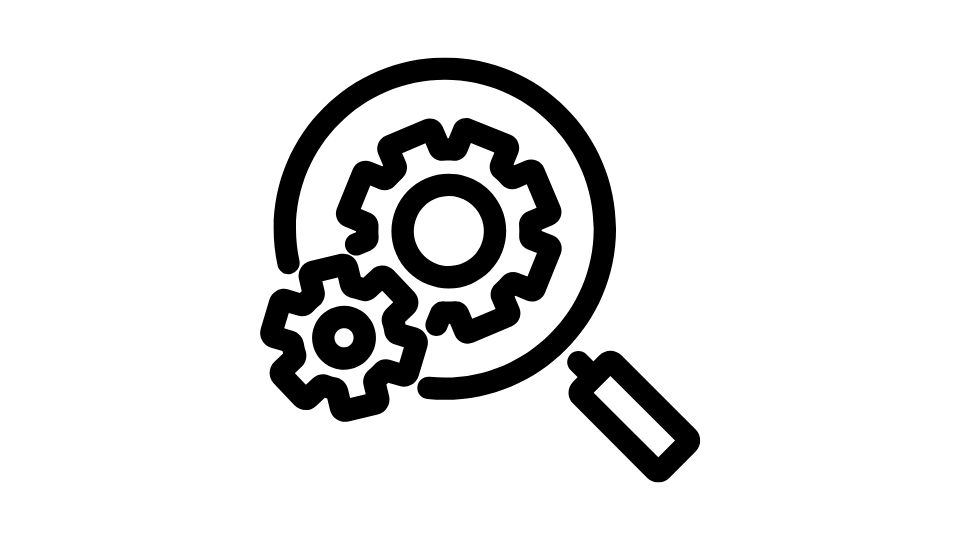
Not all apps are created equal, especially when it comes to senior-friendly design. The best ones have:
User-Friendly Design
- Large, readable text that doesn’t require magnifying glasses
- Simple navigation without endless menus to get lost in
- High contrast colors that are easy to see
Practical Features
- Voice input options for those with arthritis or dexterity issues
- Barcode scanning to quickly log packaged foods
- Meal suggestions that actually match your dietary needs
Senior-Specific Nutrition Guidance
- Customizable goals based on age-appropriate nutrition needs
- Medication reminders that integrate with meal timing
- Hydration tracking (dehydration is a major issue for seniors)
Privacy and Security
- Strong data protection because your health info is private
- Simple sharing options to loop in family members or doctors if desired
According to the National Institute on Aging, seniors have unique nutritional requirements, and tracking apps that recognize these differences simply work better.
Top Meal Tracking Apps for Seniors in 2024
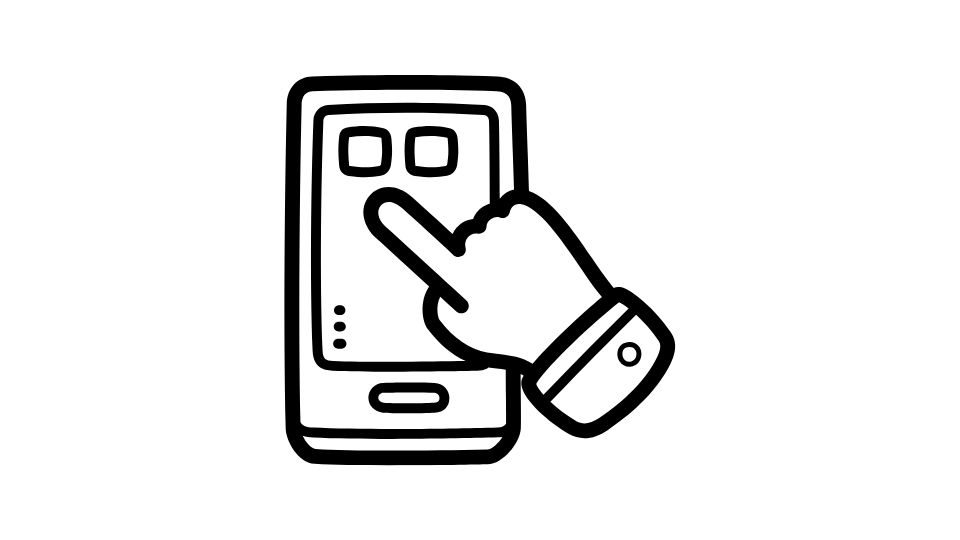
I’ve tested dozens of apps and talked to nutritionists who work with older adults. Here are the standouts:
1. MealByMeal
Best for: Seniors who prefer simplicity
Standout feature: Text-based meal logging (no app download needed!)
You literally just text what you ate to a number, and it tracks your calories and nutrients. No fumbling with app stores or remembering passwords. It’s like having a nutritionist you can text anytime.
2. MyFitnessPal
Best for: Tech-comfortable seniors who want detailed data
Standout feature: Massive food database with nearly everything
With over 11 million foods in its database, you’ll rarely need to manually enter nutrition info. The AARP rates it highly for seniors who want comprehensive tracking.
3. Noom
Best for: Seniors wanting behavioral change support
Standout feature: Psychology-based coaching and education
Beyond just tracking, Noom focuses on the “why” behind eating habits. Great for emotional eaters or those wanting to make lasting changes.
4. Lose It!
Best for: Visual learners
Standout feature: Photo-based food logging
Just snap a picture of your meal and the app identifies what you’re eating. Perfect for those who find typing challenging.
Real Benefits Seniors Experience With Meal Tracking
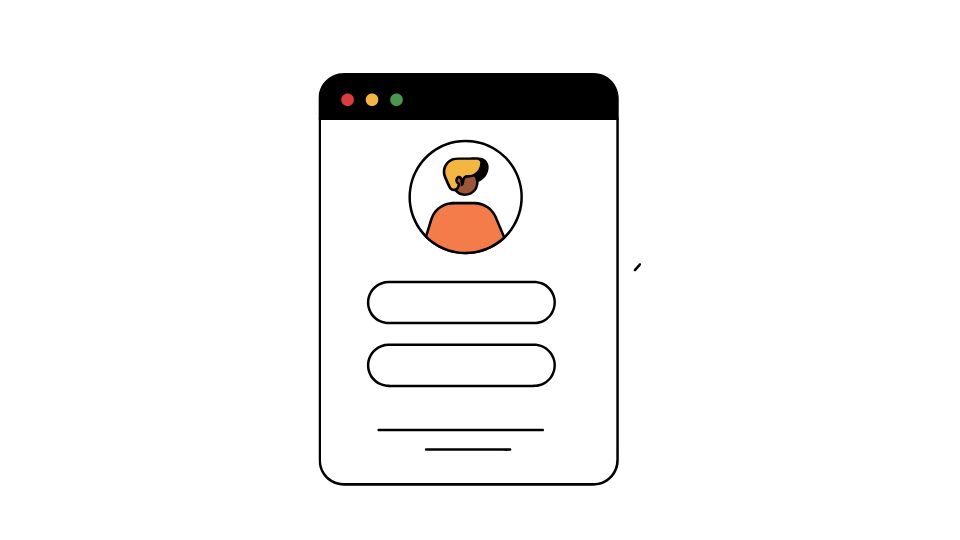
These aren’t just fancy tech toys – they deliver real health improvements:
Better Disease Management
Seniors with diabetes who track meals show better glucose control and fewer hospital visits according to a study in Diabetes Care.
Increased Independence
When you can confidently manage your own nutrition, you maintain independence longer. Many seniors report feeling more in control of their health decisions.
Improved Communication With Doctors
Instead of vague descriptions (“I eat pretty healthy”), you can show your doctor exactly what you’ve been consuming, leading to better medical advice.
Weight Stabilization
Many seniors unintentionally lose weight as appetite decreases. Tracking helps ensure you’re getting enough calories to maintain muscle mass.
One user named Margaret told me: “I was losing weight without trying and my doctor was concerned. After tracking my meals for two weeks, I realized I was only eating about 1,000 calories a day. Now I make sure to get at least 1,500 and I feel so much stronger.”
How to Get Started With Meal Tracking (Without Getting Overwhelmed)
The key is to start simple:
- Choose one meal to track first – just breakfast for a week
- Focus on protein intake before worrying about everything else
- Use the simplest input method available (voice, text, etc.)
- Set a regular reminder until it becomes habit
- Share your progress with someone for accountability
The goal isn’t perfection – it’s progress. Even tracking 80% of your meals will give you valuable insights.
When Meal Tracking Gets Tricky (And How to Solve It)
Let’s be honest – there are challenges:
Problem: Forgetting to log meals
Solution: Set an alarm for right after mealtimes or use a text-based system like MealByMeal that makes logging quick
Problem: Difficulty estimating portion sizes
Solution: Use visual comparisons (deck of cards = 3oz protein) or take photos of your plate
Problem: Eating out makes tracking hard
Solution: Most restaurant chains have nutrition info online, or simply log your best estimate
Problem: Too much focus on numbers becomes stressful
Solution: Take “tracking vacations” during special occasions or focus only on protein some days
Combining Meal Tracking With Other Senior Health Tech
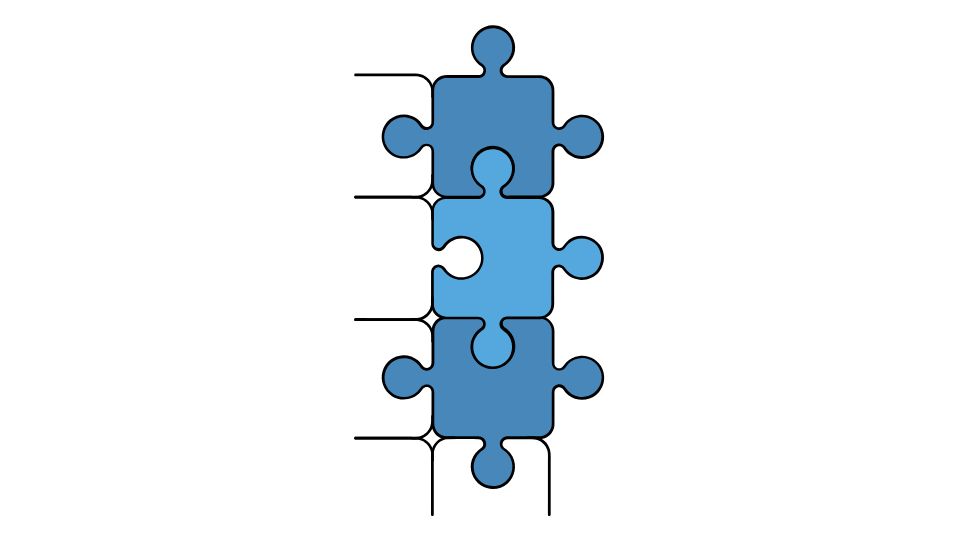
The real magic happens when you integrate meal tracking with other health tools:
- Medication reminders that coordinate with meal times
- Activity trackers that adjust calorie recommendations based on movement
- Sleep monitors that help you see how diet affects rest
According to research from Stanford, this integrated approach provides a more complete health picture than any single metric alone.
Final Thoughts: Simple Changes, Big Results
You don’t need to become a nutrition expert or tech wizard to benefit from meal tracking. Even simple awareness of what you’re eating can lead to better choices.
The best app is the one you’ll actually use. For many seniors, that means the simplest option available – which is why text-based systems like MealByMeal are gaining popularity.
Whatever you choose, remember this: it’s never too late to improve your nutrition. Your body will thank you with more energy, better health outcomes, and quite possibly, more years to enjoy the people and activities you love.
Now if you’ll excuse me, I need to log the sandwich I just ate.



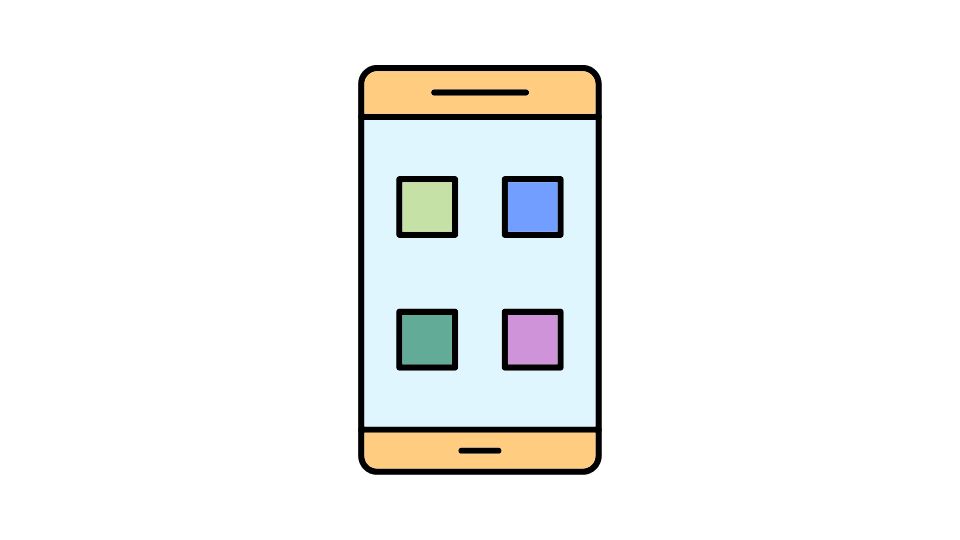
Leave a Reply